Interview with C.V. Raman, CTO and Ram Suresh Akella, Head – Marketing, Maruti Suzuki
We crown the Top-10 vehicles of the year, and they’re as impressive as they are colourful! The Grand Vitara is one of our Best of 2022 and accepting the award for it is C.V. Raman, Chief Technology Officer and Ram Suresh Akella, Head – Marketing, Maruti Suzuki.
Raman San, with the Grand Vitara, what technology is Toyota’s and what technology is Maruti Suzuki’s?
CVR: Well, the Grand Vitara has been conceived and designed by Suzuki Japan and what Suzuki has brought to the table is the K15 engine, the entire design, and the integration of the Suzuki AllGrip technology – and, of course, integrating the Toyota hybrid system. It’s a Suzuki platform that is shared, while the design for the Toyota and the Suzuki is separate. So, there is differentiation for both products. It’s part of a global alliance for the sharing of products and technology. So, I think you’ll see more of that.
You’ve always said that hybrids are the answer. You started with mild hybrids, and now have a full hybrid. Is a plug-in hybrid the next step in this evolution?
CVR: Well, we believe in having a technology-agnostic approach towards reducing CO2 emissions and improving fuel efficiency, and we believe that in the segments where we are present – from the entry to the top-end – different interventions are required. Therefore, we are into CNG, we are getting into ethanol. We launched mild hybrids more than 6-7 years back – and now, of course, strong hybrids, which is a self-charging system, where one is able to drive in full electric mode. So, I think it’s a transition to full-electric. Yes, the technology is available for a plug-in hybrid, but we have to see what value proposition it gives to the customer. But, as such, there’s no plan for a plug-in hybrid.
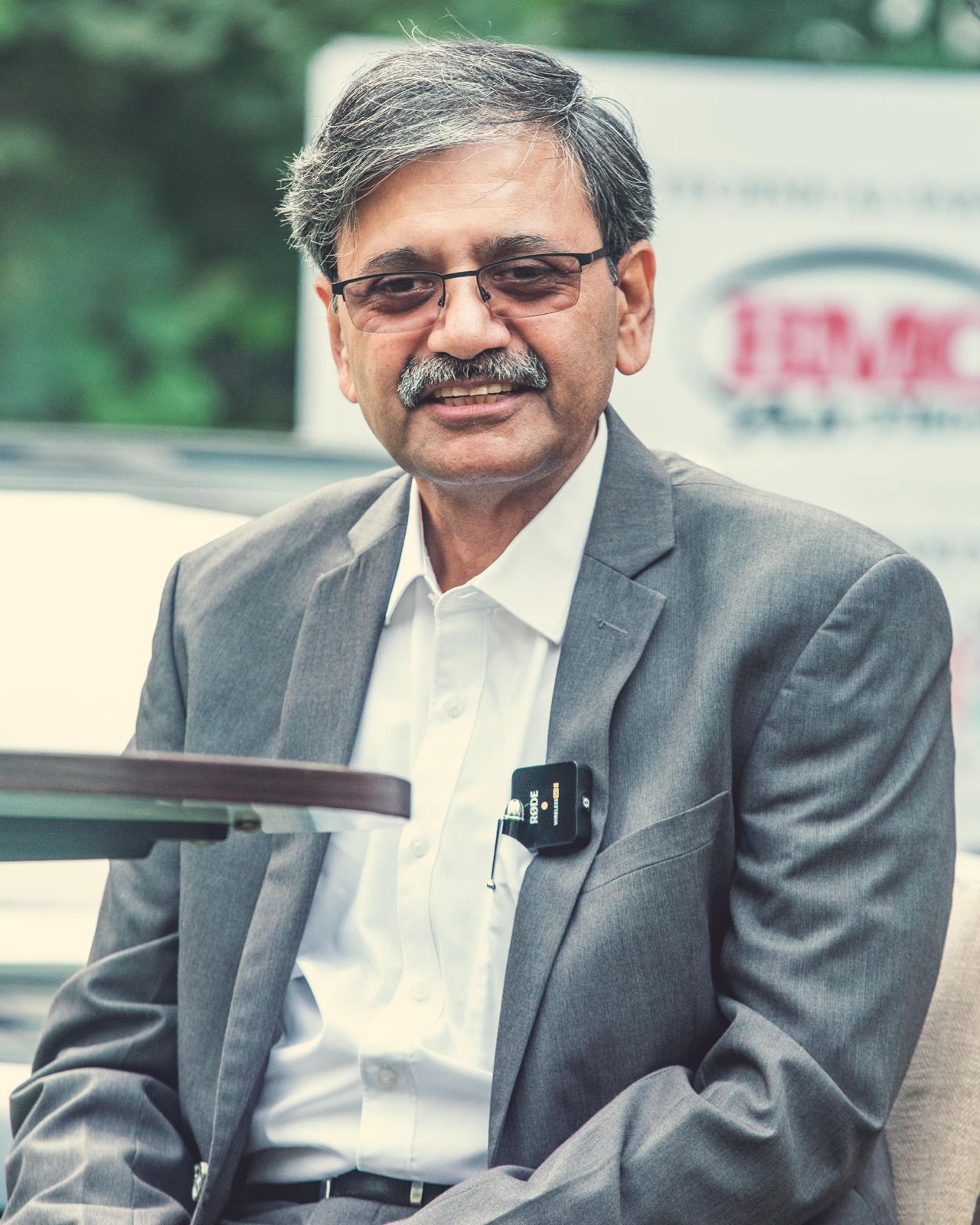
From a technology standpoint, is a hybrid more difficult to execute than an EV in many ways – because you have to marry two powertrains in a sense?
CVR: Yes, that’s true because you have to manage the ICE engine and you have to manage the transition to electric mode – so, definitely that’s a challenge. But the hybrid system is a proven technology, so the switchover between electric mode and ICE mode is absolutely seamless, and, as far as the customer is concerned, one is really not able to make out which mode he or she is driving in. It’s only at the end of a trip that you come to know of the improved fuel efficiency you got during the drive.
Diesels are still a big part of the Indian market. Do you miss not having diesels and how do you see this playing out going forward?
CVR: Maruti Suzuki has taken a decision to opt away from diesel. In the next 10 years, the regulatory environment is going to become more stringent. In fact, from next year onwards, we have the Real Driving Emissions (RDE) coming in, and the conformity factors are equivalent to Europe. So, in that way, it becomes even tougher for smaller diesels to remain a value proposition. The larger diesels maybe still have a chance. But, come 2027-29, or 2030, when Euro7 or BS7 norms come in, it’s going to be even tougher. So, from a long-term perspective, the volumes are reducing – you can see that it’s already come down to 17-18%, from a high of 40% two years back. And it’s likely to dip further.

Europe is now saying they may even do away with Euro7 and go straight to banning the sale of ICE vehicles by 2035. What implications would that have from a technology development standpoint for a market like India?
CVR: India is a unique market. The Indian customer remains aspirational. So, as I said earlier, we are looking at a technology-agnostic approach, which will include all technologies. Now, as far as Europe is concerned, their requirements are very different and I believe, personally, perhaps this is more of a political statement. It does not equate from a technical point of view. On a Well-to-Wheel basis, if you look at it, a hybrid is today almost equivalent to an EV. Going forward, when we have more renewable energy – around 50-60% – that’s the time this switch starts to make sense. So, for the next 10 to 15 years, ICE is here to stay, and we need to continue to improve it and electrify it through hybrid technology.
Do you feel that, in the political discourse, we are missing the Well-to-Wheel aspect of the conversation?
CVR: Yes, we believe that it is a very important aspect. Because, when we are talking about CO2 and greenhouse gas reductions, one needs to look at the entire lifecycle of emissions. If you are looking only at tailpipe emission, you miss the point. And that’s why we believe we need to look at other technologies, like bio CNG or flex-fuel vehicles, which are carbon-negative fuels. These can help India achieve its overall objective of reducing greenhouse gasses and CO2 in the long term. I think we can balance growth and our CO2 footprint, and, from that perspective, the Well-to-Wheel aspect is very important.
From a technology perspective, can you give us any insights into what’s coming next?
CVR: Customer aspirations are changing, and the vehicle is becoming more connected with the infrastructure. So, if you see a cockpit today, it’s becoming more digital. The electronic components are increasing, and so the complexity is increasing.
Akella San, there are various variants on offer for the Grand Vitara, between all-wheel drive, two-wheel drive, mild hybrid and full hybrid. Which ones are getting the most traction in the market?

RSA: We have the manual transmission, the mild hybrid, the automatic transmission, Suzuki all-grip, and, of course, the intelligent electric hybrid. The initial response has been amazing, especially since almost one-third of customers are opting for the hybrid.
Do you think having an all-wheel drive in this segment is also something that is important and attracts people?
RSA: I think there are a set of customers who would like to have all-wheel drive – particularly in this segment, as there are not too many options. So, this is something that I’m sure the enthusiast customer profiles would prefer.
Underneath the skin, the Toyota Hyryder and Grand Vitara are quite similar, so how do you differentiate between the Toyota and the Maruti Suzuki Grand Vitara?
RSA: We are looking at serving a diverse range of customer requirements, starting from the manual to the automatic and from the all-grip to the hybrid. Whereas, what I can see from Toyota, it seems to be more focused on the strong hybrid. But, with the kind of reach and customer base that we have, I’m sure we’ll be able to reach more customers in the market.
Read more:
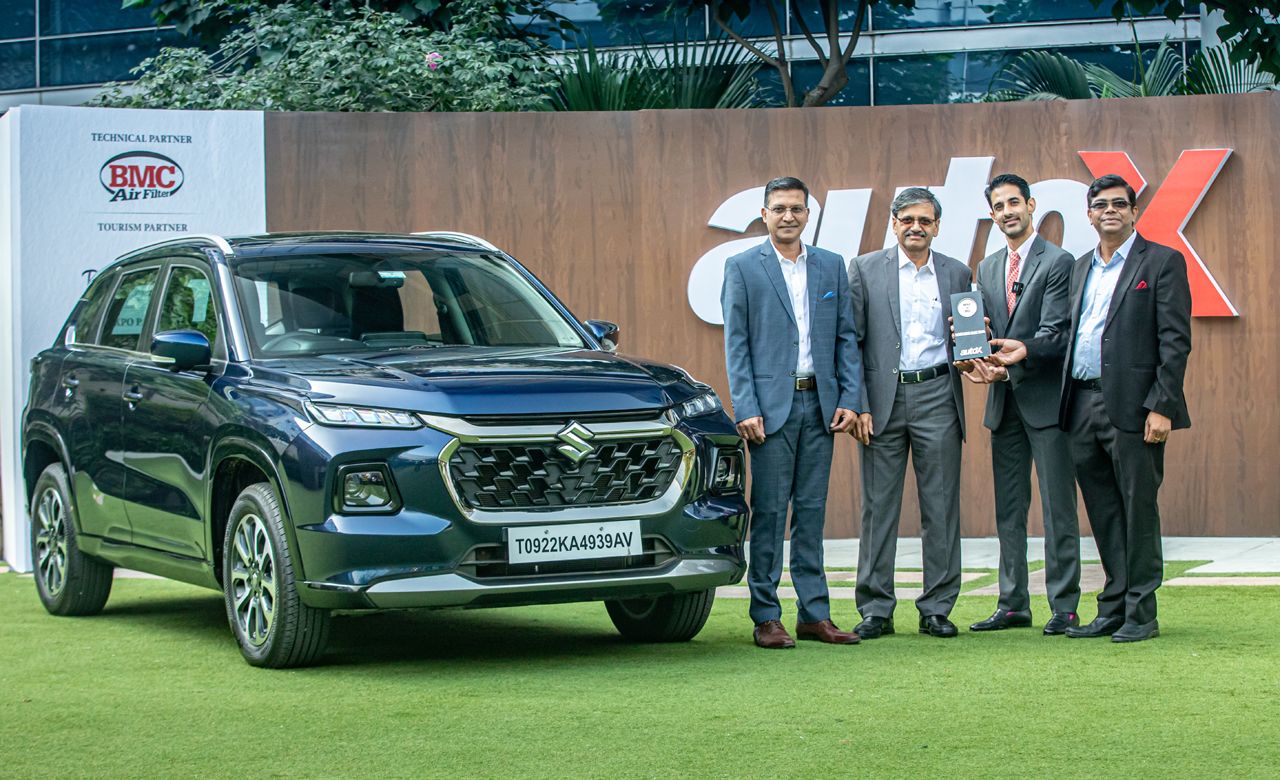
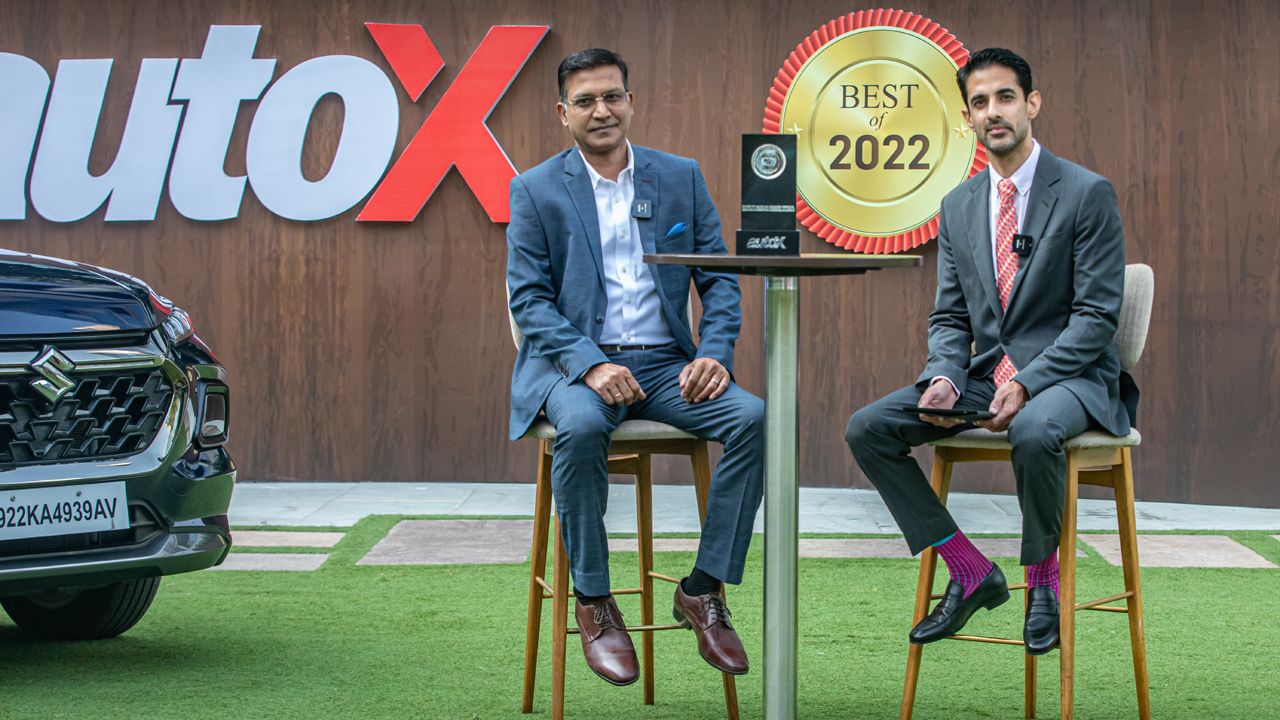
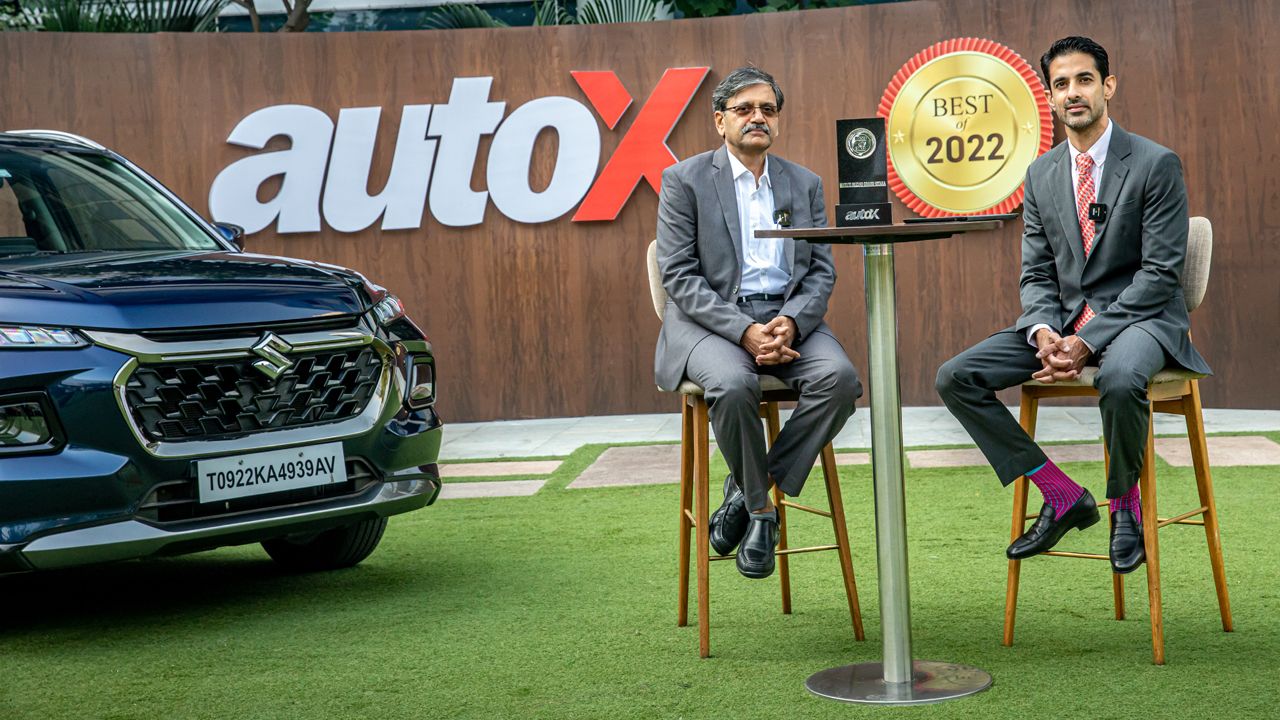
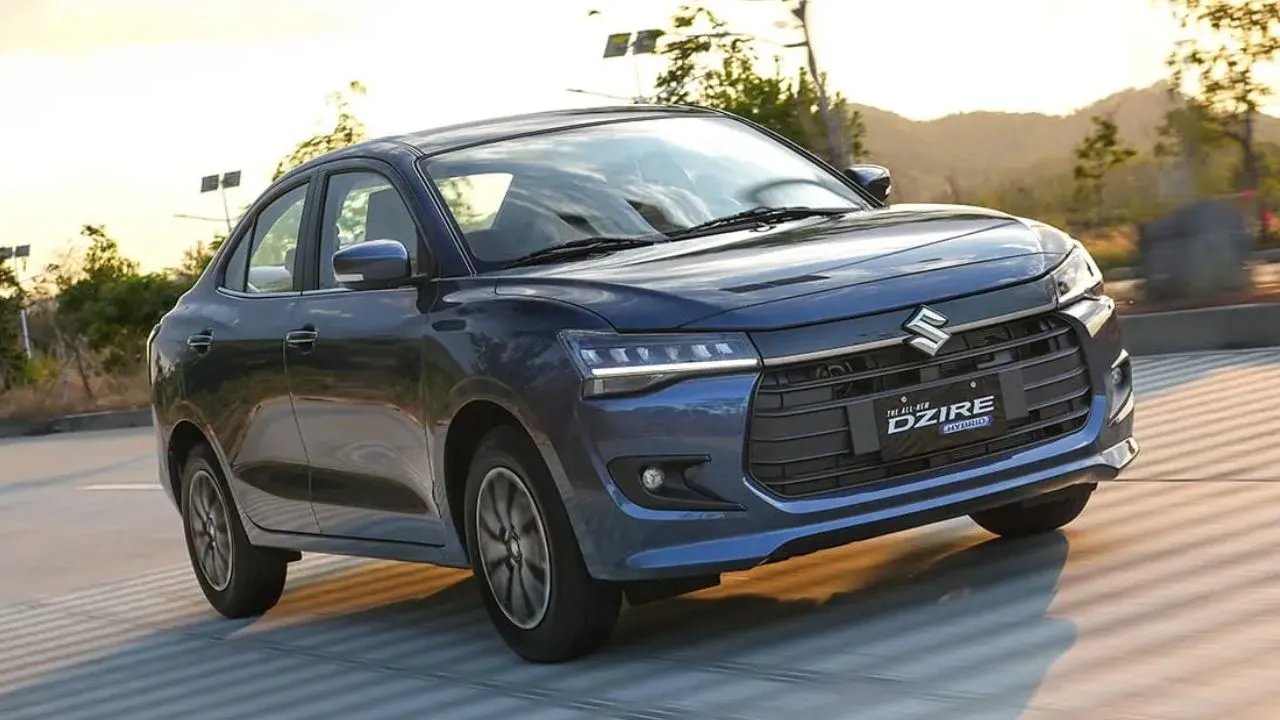
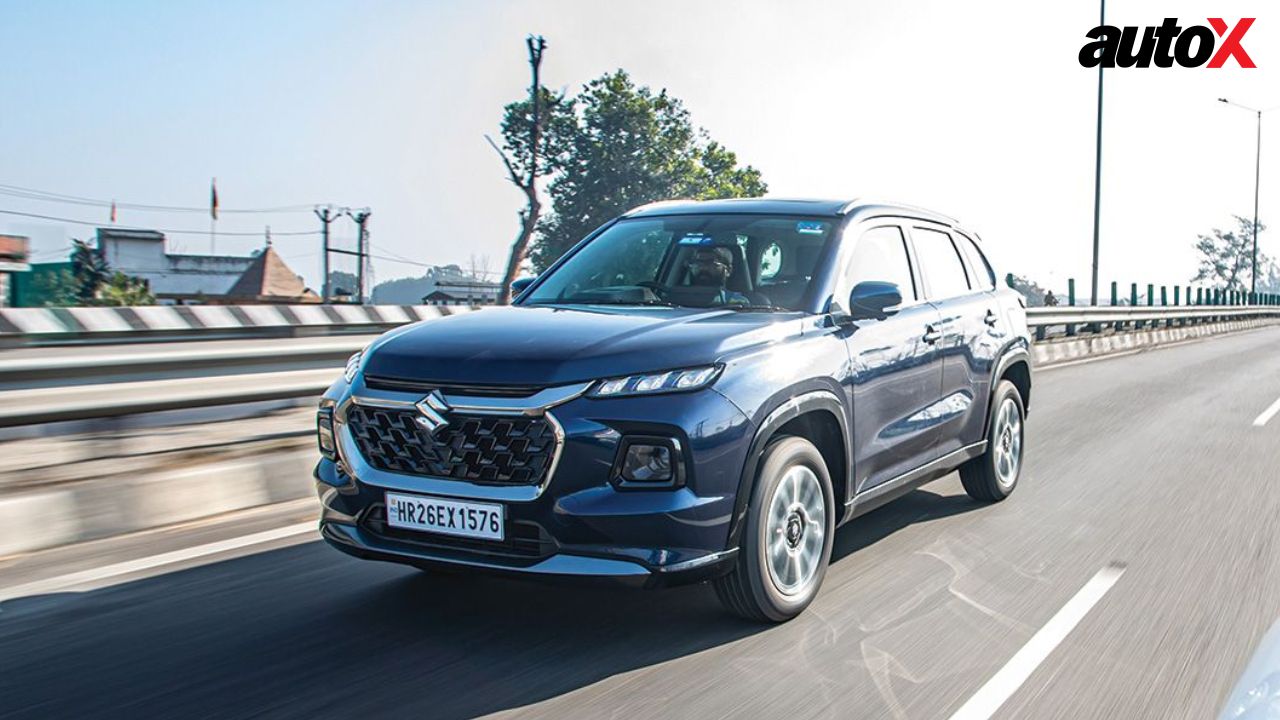

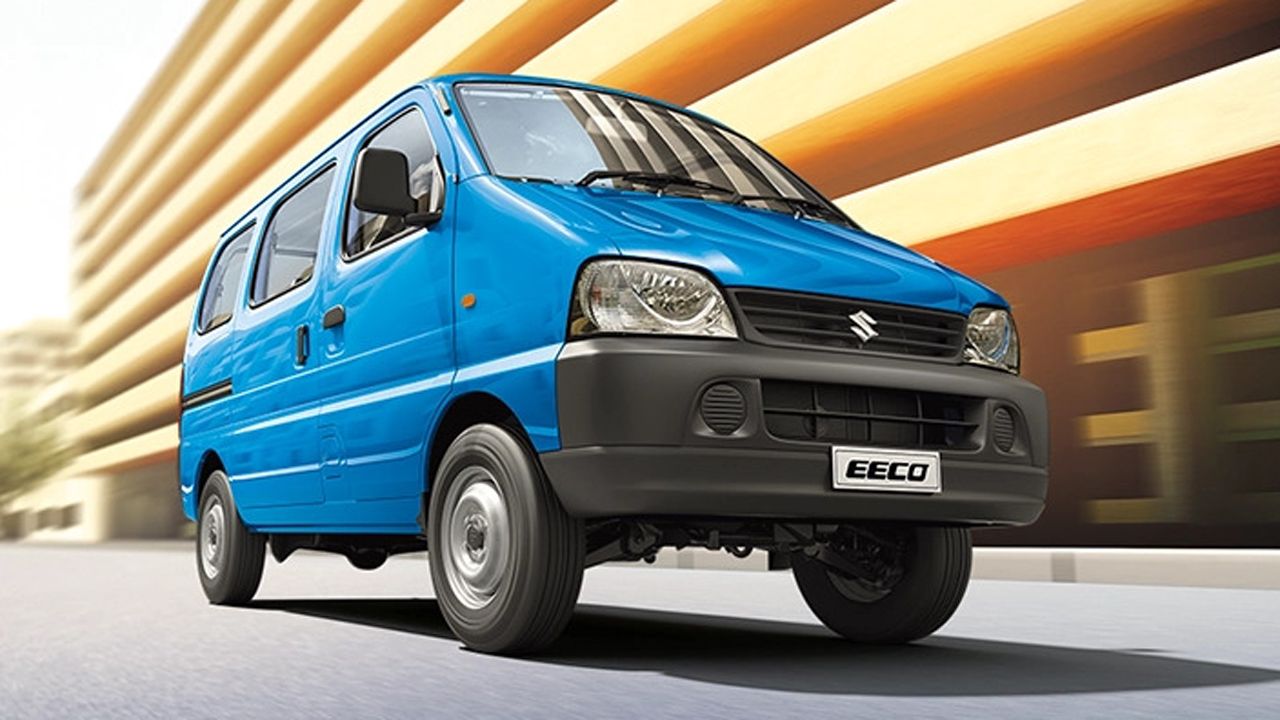
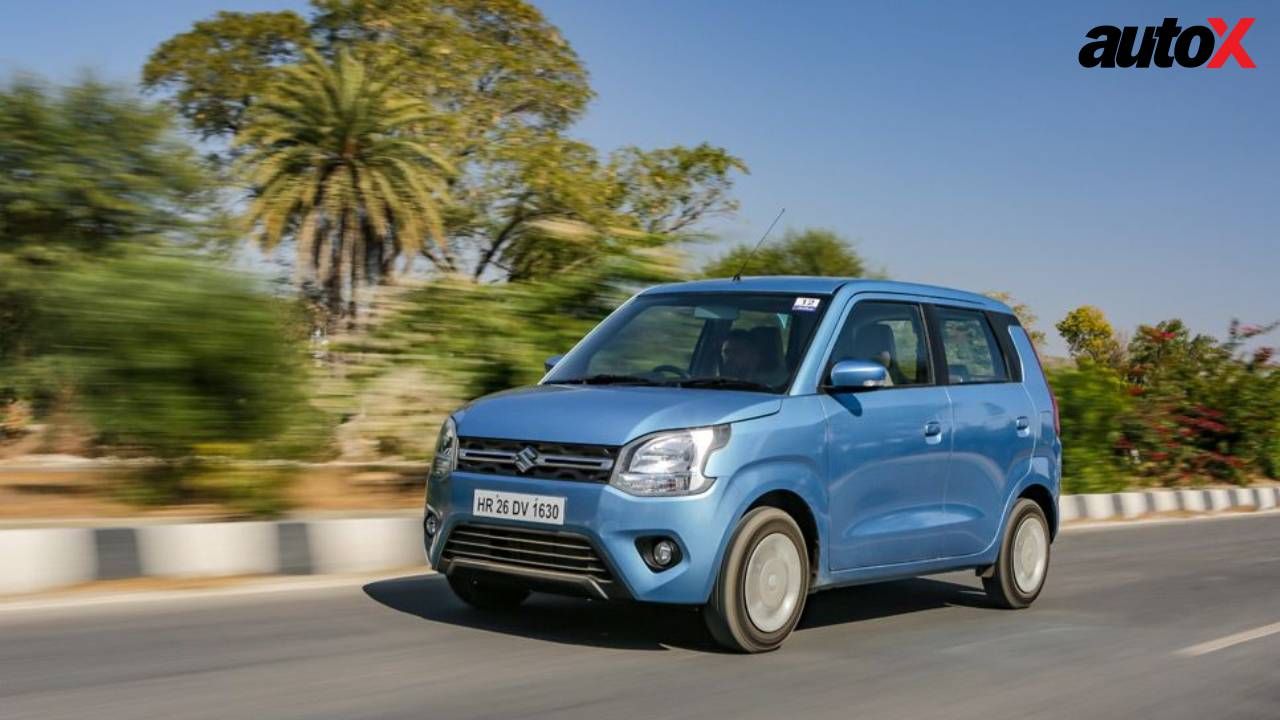







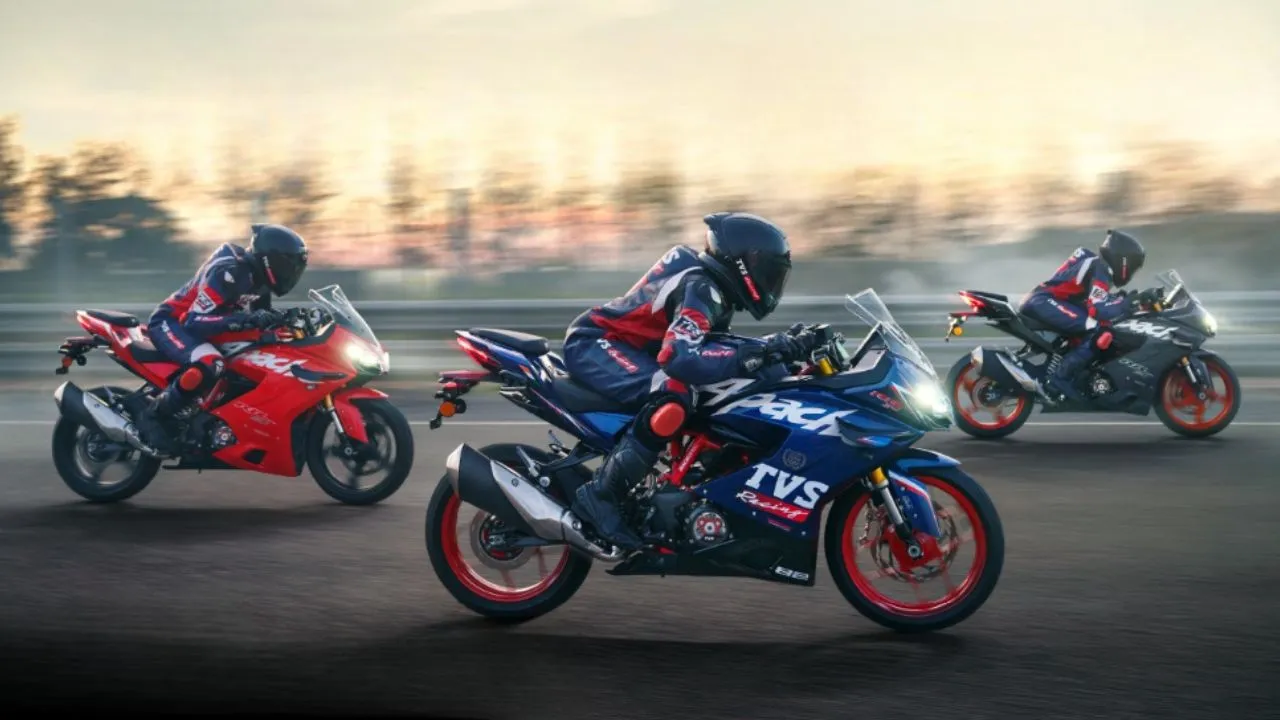
.webp)
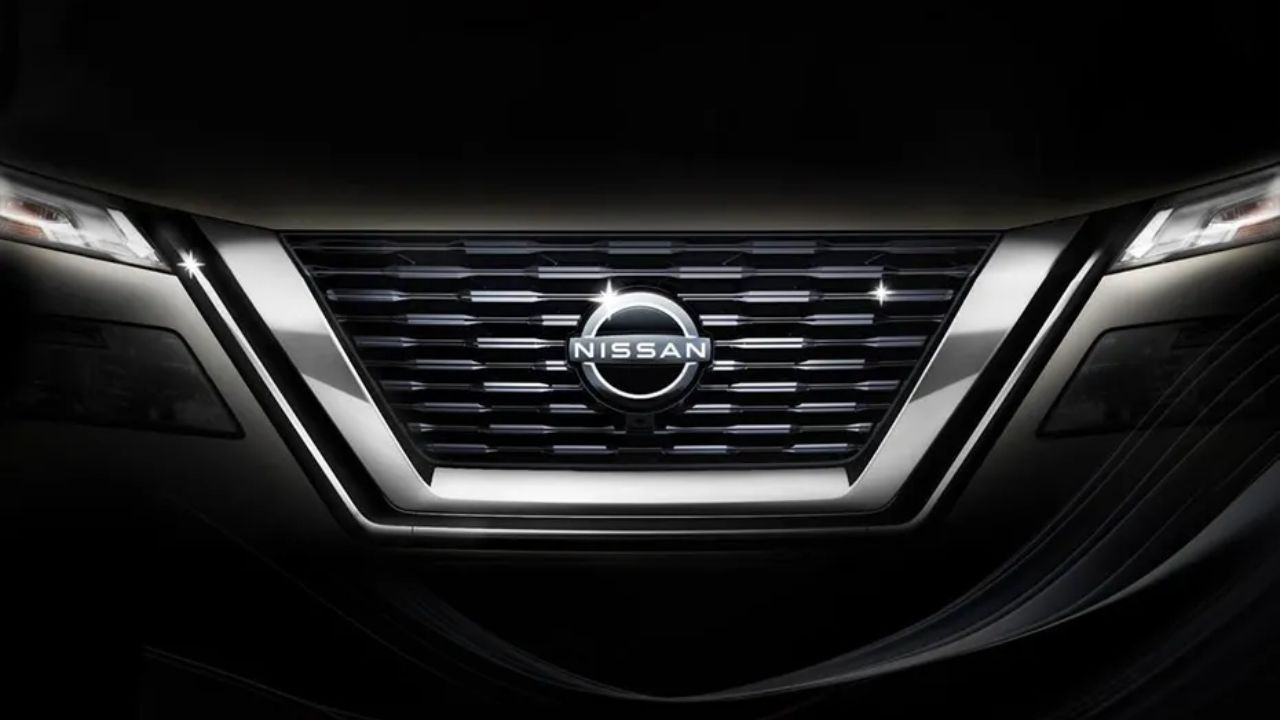
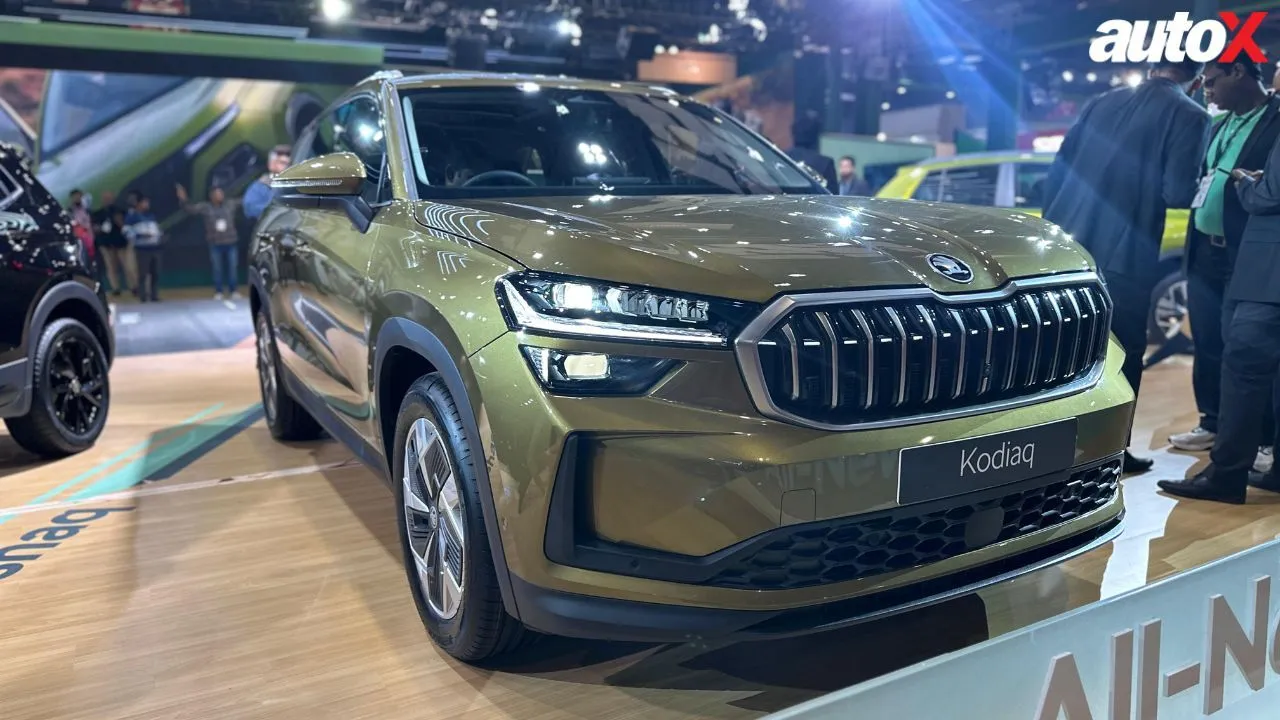





Write your Comment on